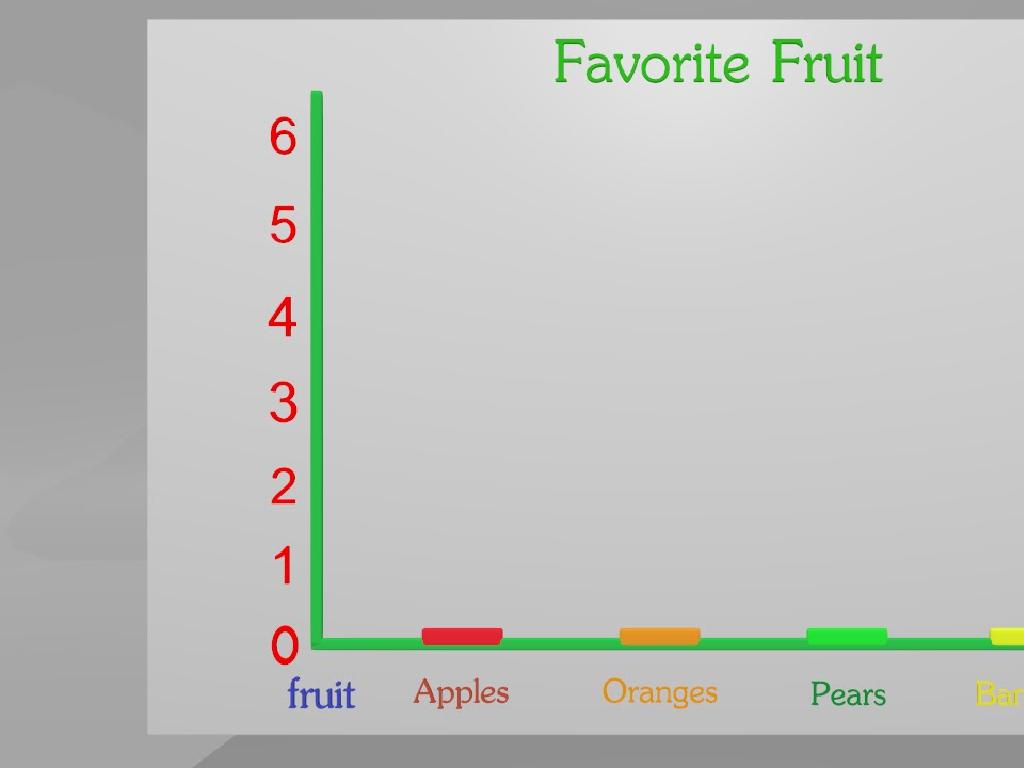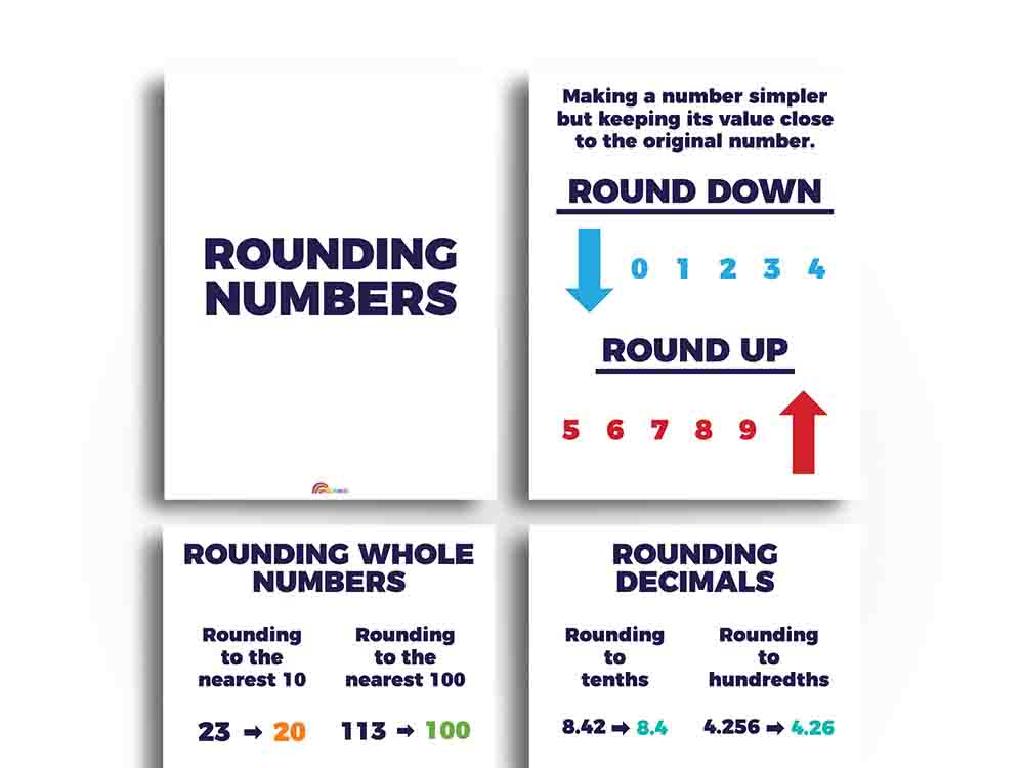Classify Logical Fallacies
Subject: Language arts
Grade: Eighth grade
Topic: Persuasive And Opinion Writing
Please LOG IN to download the presentation. Access is available to registered users only.
View More Content
Classifying Logical Fallacies in Persuasive Writing
– Understanding persuasive writing
– Persuasive writing aims to convince readers with logic and arguments.
– Today’s focus: logical fallacies
– Fallacies are common errors in reasoning that weaken arguments.
– The impact of fallacies on arguments
– Fallacies can mislead readers and undermine the writer’s credibility.
– Recognizing fallacies in writing
– Learn to identify fallacies to strengthen your persuasive skills.
|
This slide introduces students to the concept of logical fallacies within the context of persuasive writing. It’s crucial for students to understand that persuasive writing relies on sound reasoning and evidence. Logical fallacies, which are mistakes in reasoning, can weaken an argument and diminish the writer’s persuasiveness. By learning to identify and avoid fallacies, students can craft stronger, more convincing arguments. Discuss examples of common fallacies such as ad hominem attacks, straw man arguments, and false dilemmas. Encourage students to analyze examples of persuasive writing to identify any logical fallacies present.
Understanding Logical Fallacies
– Define logical fallacy
– A logical fallacy is an error in reasoning that weakens an argument.
– Impact on arguments
– Fallacies can mislead or deceive, undermining the argument’s validity.
– Examples of fallacies
– Ad hominem: attacking the person, not the argument. Straw Man: misrepresenting an argument to easily refute it.
– Recognizing fallacies in use
– Learn to identify fallacies to strengthen your own arguments and critique others.
|
This slide introduces the concept of logical fallacies to students, which are mistakes in reasoning that invalidate arguments. Understanding these fallacies is crucial for both analyzing and constructing effective arguments. Emphasize the importance of recognizing fallacies to avoid being persuaded by flawed reasoning. Provide clear examples for each type of fallacy mentioned, and encourage students to think critically about arguments they encounter in media, literature, and debates. Activities can include identifying fallacies in sample texts or creating their own examples of fallacies.
Types of Logical Fallacies
– Ad Hominem Fallacy
– Attacks the person instead of the argument
– Straw Man Fallacy
– Distorts an opposing stance to make it easier to attack
– False Dilemma Fallacy
– Presents two options as the only possibilities, when more exist
|
This slide introduces students to three common types of logical fallacies that can undermine the strength of an argument. The Ad Hominem fallacy occurs when someone attacks the person making the argument rather than the argument itself, which diverts the discussion away from the actual issues. The Straw Man fallacy involves misrepresenting someone’s argument to make it easier to attack, which can create a false impression of the opponent’s position. The False Dilemma fallacy is when an argument incorrectly presents two options as the only possibilities, ignoring other viable alternatives. Understanding these fallacies is crucial for students to critically evaluate arguments and to avoid these pitfalls in their own persuasive writing. Encourage students to find examples of these fallacies in media or debates to illustrate their understanding.
Identifying Logical Fallacies
– Spotting fallacies in writing
– Learn to identify incorrect arguments or misleading reasoning in texts.
– Analyzing example fallacies
– We’ll look at common fallacies and dissect them as a class.
– Developing critical thinking
– Use logical thinking to question and evaluate arguments.
– Applying knowledge to texts
– Practice finding fallacies in various texts and discussions.
|
This slide aims to equip students with the skills to identify logical fallacies in persuasive writing, an essential part of critical thinking. Start by explaining what a logical fallacy is and why it’s important to recognize them. Provide clear definitions and examples of common fallacies. Engage the class in analyzing these examples together, fostering a collaborative learning environment. Encourage students to go beyond the text and apply critical thinking to everyday arguments they encounter. This will not only improve their analytical skills but also prepare them for more advanced discussions on rhetoric and persuasive techniques.
Logical Fallacies in Media
– Fallacies in advertising
– Misleading claims or emotional appeal to sell products
– Fallacies in political speeches
– Biased statements or attacks to influence public opinion
– Informed information consumption
– Evaluate credibility and fact-check information
– Critical analysis of media
|
This slide aims to educate students on the presence of logical fallacies in various media and the importance of recognizing them. In advertising, fallacies may include false claims or emotional manipulation to persuade consumers. Political speeches often contain fallacies that may skew facts or attack opponents to gain support. Students should learn to be informed consumers by evaluating the credibility of sources and fact-checking information. Encourage critical thinking by analyzing media content for fallacies and discussing the impact of these tactics on public opinion and consumer behavior. Provide examples from current advertisements and political speeches to illustrate these concepts.
Group Activity: Find the Fallacy
– Break into small groups
– Review provided statements
– Classify logical fallacies found
– Look for hasty generalizations, false dilemmas, or ad hominem attacks
– Discuss findings with the class
– Share how each fallacy can affect the argument’s credibility
|
This group activity is designed to engage students in collaborative learning. Divide the class into small groups to foster a more intimate learning environment where each student can participate actively. Provide each group with a set of statements that contain various logical fallacies. The task for each group is to identify and classify the fallacies present in those statements. Encourage students to discuss why a particular fallacy weakens an argument. After the activity, have a class discussion where groups share their findings and reflect on how recognizing fallacies can lead to stronger persuasive writing. Possible activities for different groups could include identifying fallacies in advertisements, political speeches, or social media posts.
Class Discussion: Unraveling Logical Fallacies
– Share group findings on fallacies
– Discuss fallacies’ impact on arguments
How do fallacies like ‘ad hominem’ or ‘slippery slope’ undermine the credibility of an argument?
– Strategies to avoid fallacies
Use clear evidence, avoid emotional appeals, and stay on topic to prevent fallacies.
– Reflect on the importance of sound reasoning
|
This slide is meant to facilitate a class discussion on logical fallacies. Students will share the findings from their group work, focusing on the specific fallacies they have identified in various arguments. The discussion should then pivot to understanding why these fallacies weaken an argument, exploring how they can distract from the main point, provide irrelevant support, or unfairly attack an opponent. Finally, the class should brainstorm strategies to avoid these pitfalls in their own writing, emphasizing the importance of evidence-based arguments and logical coherence. Encourage students to think critically about the arguments they encounter and create, fostering an environment of thoughtful analysis and debate.
Homework: Logical Fallacies in Media
– Find media fallacy examples
– Look for ads, news, or shows with misleading arguments
– Write an essay on fallacy impact
– Discuss how these fallacies influence public opinion or behavior
– Share your essay next class
|
This homework assignment is designed to help students identify logical fallacies in everyday media and understand their significance in shaping public opinion. Students should be encouraged to explore various media sources such as advertisements, news reports, and television shows to find examples of fallacies. Instruct them to write a short essay discussing the impact of these fallacies, focusing on how they can mislead audiences and affect decision-making. The essay will also serve as a basis for a class discussion in the next session, allowing students to articulate their thoughts and learn from their peers’ findings. Provide guidance on essay structure and logical fallacy types to look for, such as ad hominem, straw man, and appeal to emotion.
Wrapping Up: Logical Fallacies & Critical Thinking
– Recap of common fallacies
– Review ad hominem, straw man, slippery slope, etc.
– Why critical thinking matters
– Critical thinking helps discern truth from fallacy.
– Preview: Writing persuasive essays
– Next class, we’ll start writing our own essays.
– Homework: Identify fallacies in media
– Find examples of fallacies in ads, articles, or speeches.
|
As we conclude today’s lesson, it’s important to revisit the logical fallacies we’ve learned, such as ad hominem, straw man, and slippery slope, to reinforce students’ understanding. Emphasize the value of critical thinking in everyday life and its role in identifying misleading arguments. Looking ahead, inform students that they will be applying this knowledge by crafting their own persuasive essays, which will be an opportunity for them to use logical reasoning to support their arguments. For homework, ask students to find and bring in examples of logical fallacies from various media sources, which will help them recognize these fallacies in real-world contexts and prepare them for the next lesson.





